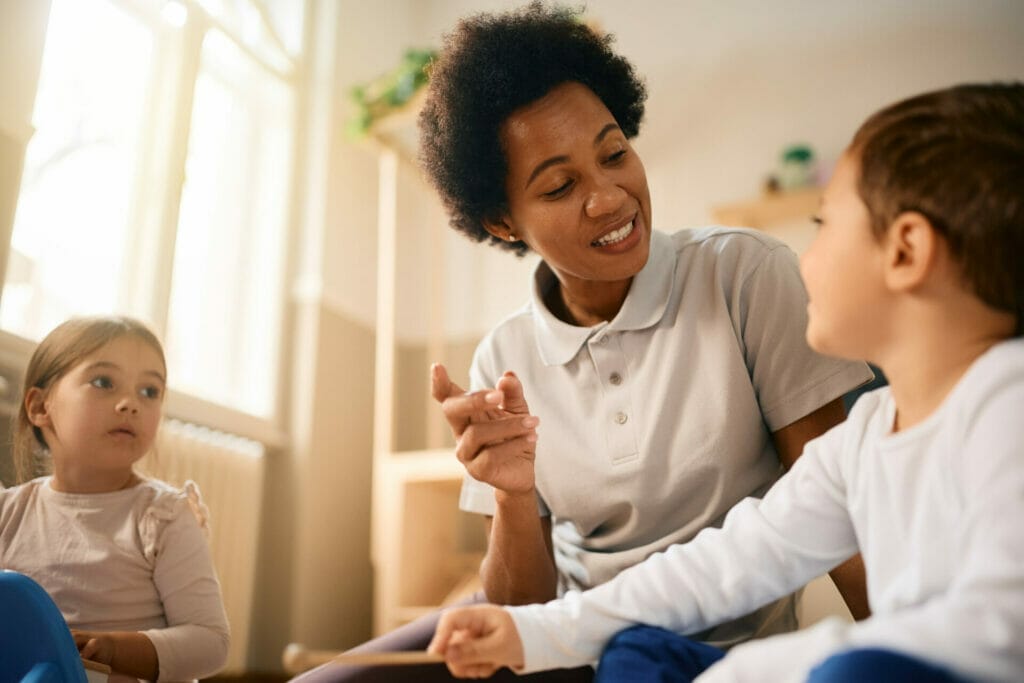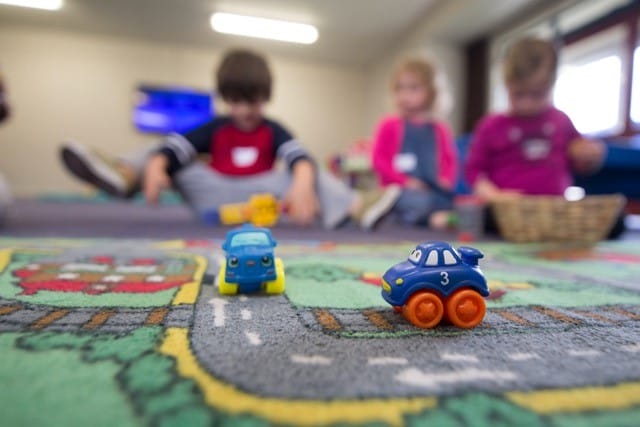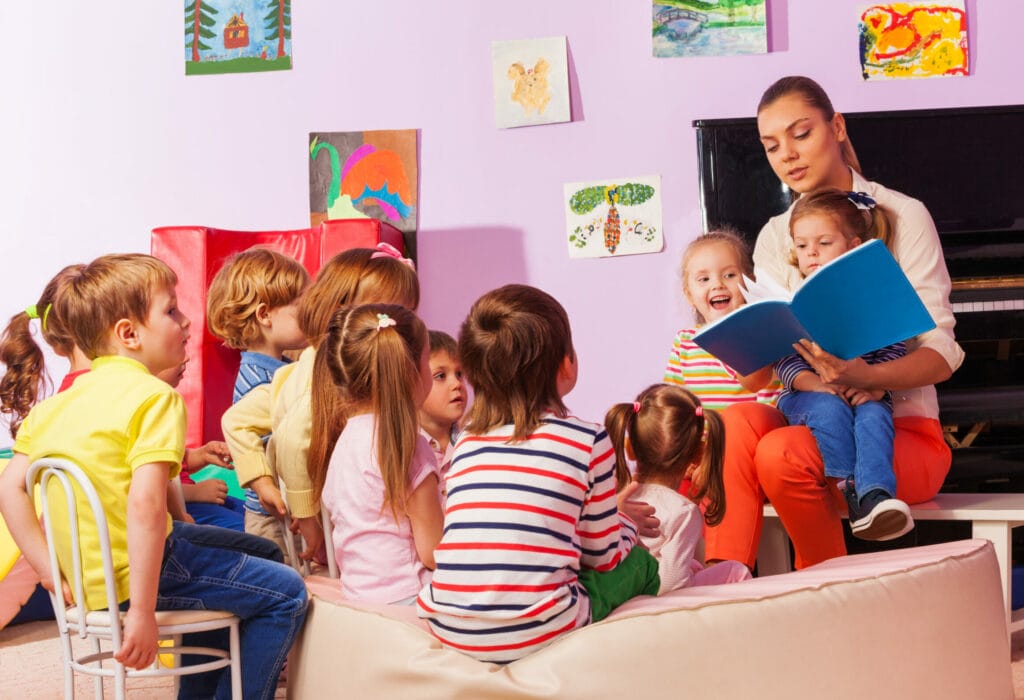Benefits of Outdoor Play in the Spring
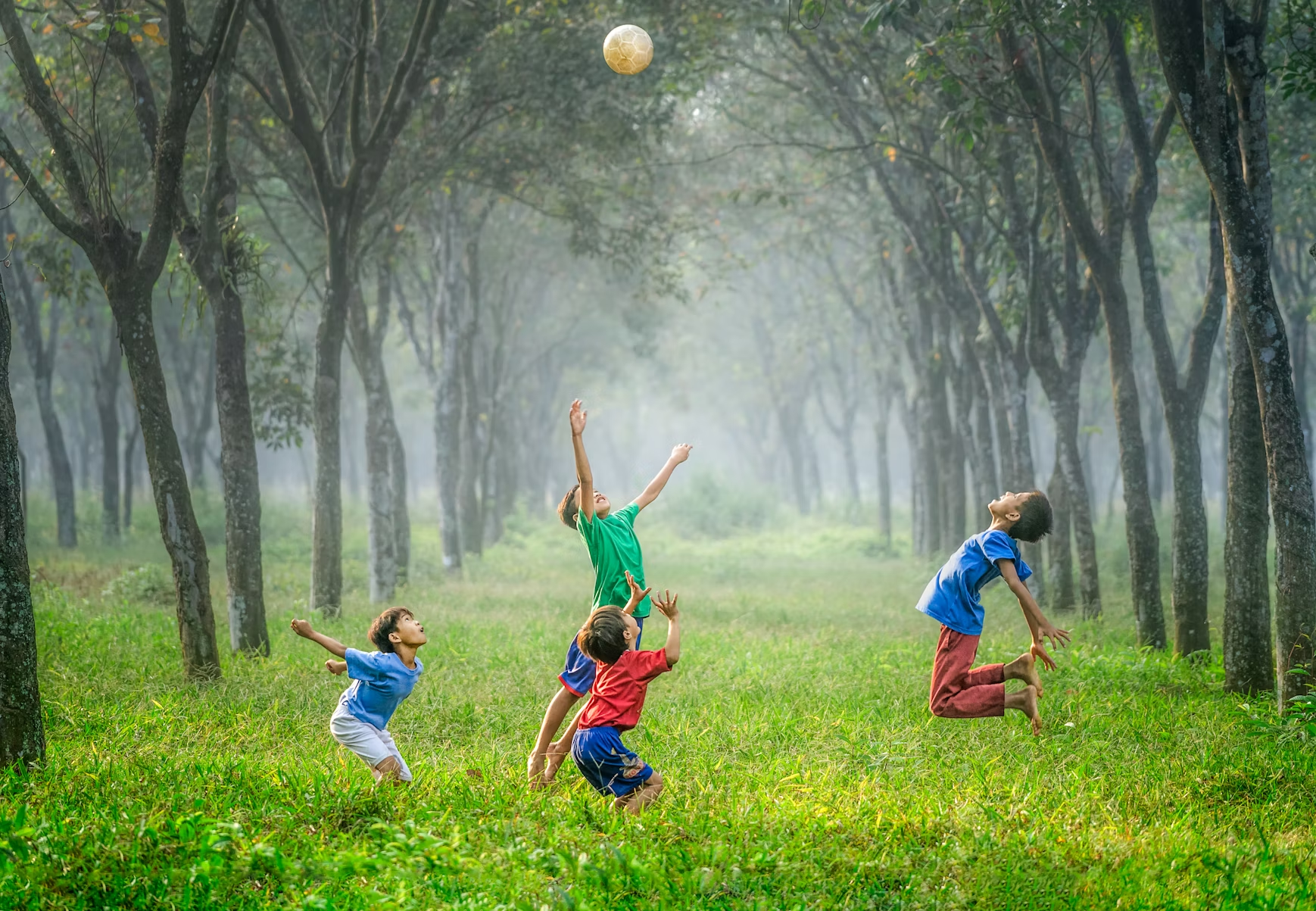
Physical development is an essential part of high-quality early education. It enhances children’s emotional well-being, health, and lays the foundation for essential skills they’ll need later.
There’s a strong tradition of active play in early years settings across the UK. The UK Chief Medical Officers note that ‘the average level of physical activity reaches a lifetime peak around the age of school-entry (5 years old)’.
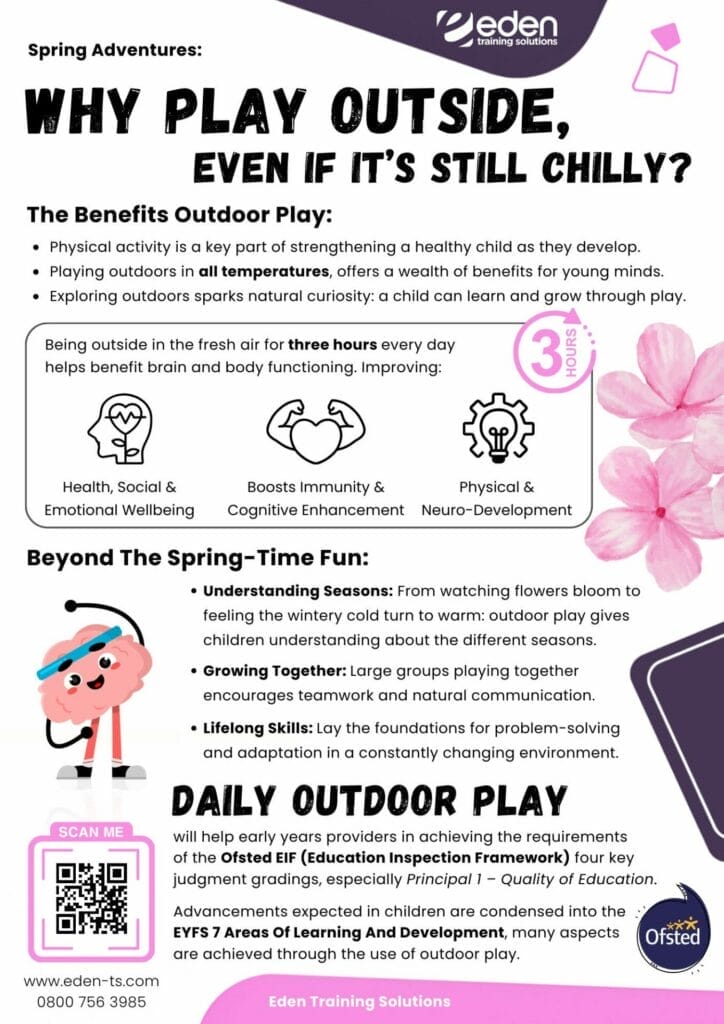
Adult-child interactions are pivotal in supporting physical development. Practitioners should be attuned to each child’s capabilities, fostering an environment that encourages skill acquisition, practice, and refinement through purposeful play.
While the urge to keep children snuggled indoors might linger, embrace the beautiful spring weather! Wrap them in layers and wellies, and head outside for some fantastic learning opportunities.
Spring outdoor play isn’t just fun, it’s incredibly beneficial for children in many ways. Being outside in the fresh air for three hours every day helps benefit brain and body functioning. It improves health, social and emotional wellbeing, immunity, sight, sensory and hearing development, neuro and physical development, and cognitive enhancement – all at a child’s unique pace.
Exploring springtime is a positive learning experience. Children gain new skills, build strong bodies and minds, and develop a deeper appreciation for the natural world.
Kathyrn Solly explains why outdoor learning is important, and the value of practitioners fully embracing the environment themselves for Early Education; Outdoor learning in the early years – Early Education (early-education.org.uk)
Learning Through Play
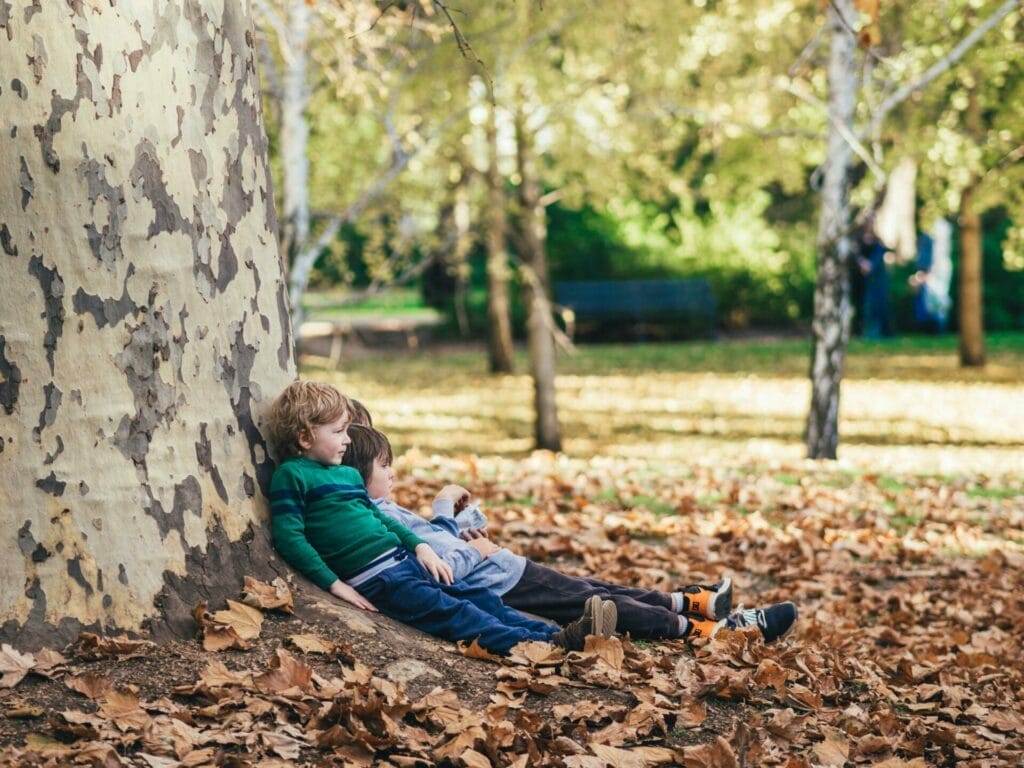
Outdoor play is important for children for many reasons:
- Open-ended: Children decide how to explore, fostering creativity and imagination.
- Unstructured: More possibilities for play and exploration.
- Less predictable: Encourages problem-solving skills.
- In Natural environments: Exposure to plants, animals, sunshine, and fresh air.
These characteristics make outdoor play uniquely beneficial compared to structured indoor play.
Incorporating outdoor play helps early years providers meet the requirements of the Ofsted Early Inspection Framework (EIF), particularly the key judgement grading on the quality of education.
Outdoor play optimises learning, enabling large groups to engage naturally in activities together. It encourages independent learning and development of many skills found on the EYFS framework, complementing and enhancing indoor work. It cultivates curiosity and a love for discovery. It provides a safe space for children to navigate the world, assess risks, and make decisions independently. It increases opportunities for seamless learning and development through play.
Advancements expected in children from early years providers are condensed into the EYFS 7 Areas Of Learning And Development, many aspects of which can be achieved specifically through outdoor play.
Springtime Fun and Emotional Well-being
Did you know outdoor play supports children’s emotional and mental health? Evidence suggests activity decreases stress, anxiety, and depression while increasing creativity, self-esteem, and self-worth.
Spring presents exciting opportunities for exploration! From observing blossoming flowers and baby animals to witnessing the changing seasons, children connect with nature and experience the joy of discovery.
Outdoor play is essential for skill-building during the early years. Creativity, imagination, dexterity, mobility, and social skills are just a few developed through springtime exploration. Planting seeds, building mud pies, and playing games with friends all contribute to a child’s overall development.
Seeing Seasons Change
Spring is a great time for children to learn about different seasons, life cycles, adapting to change, and the natural world! Let children explore freely and ask questions. Guide them through fun, hands-on projects to help them learn new things about the world around them.
In conclusion, the curriculum for physical development should be tailored to individual needs. Each child is unique, and supporting their physical development is not just about movement – it’s about fostering confidence, resilience, and a positive self-perception that can last a lifetime.


